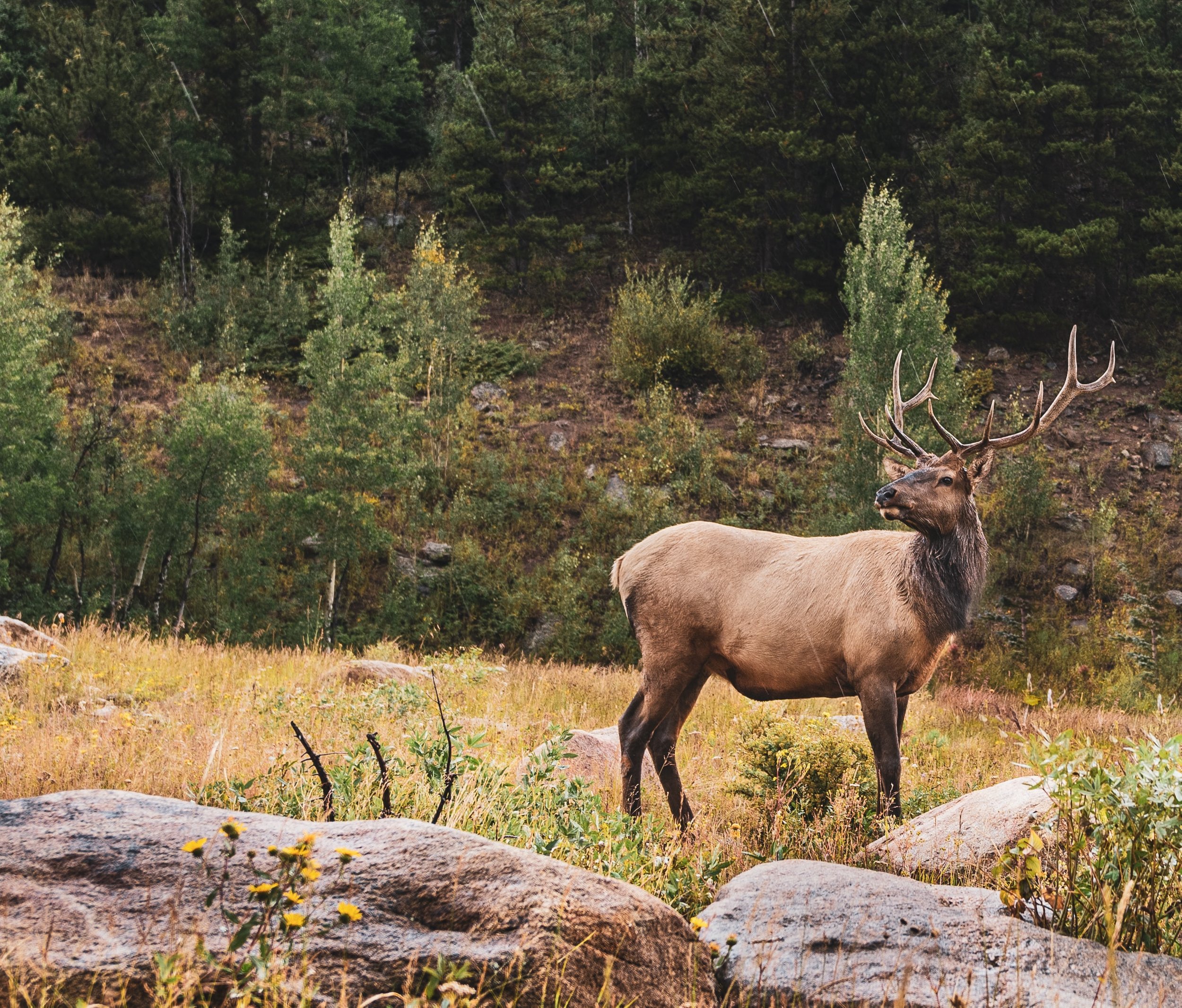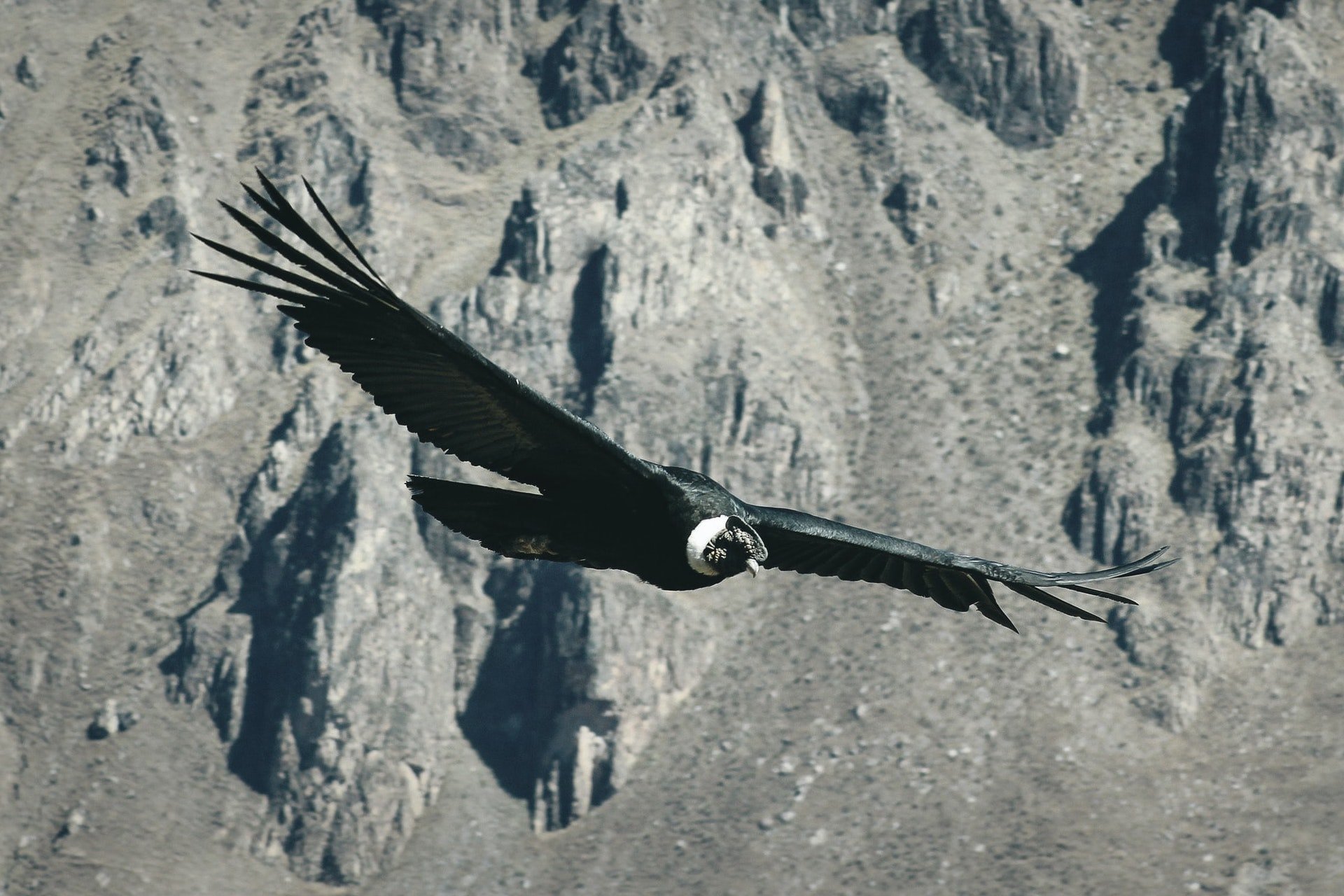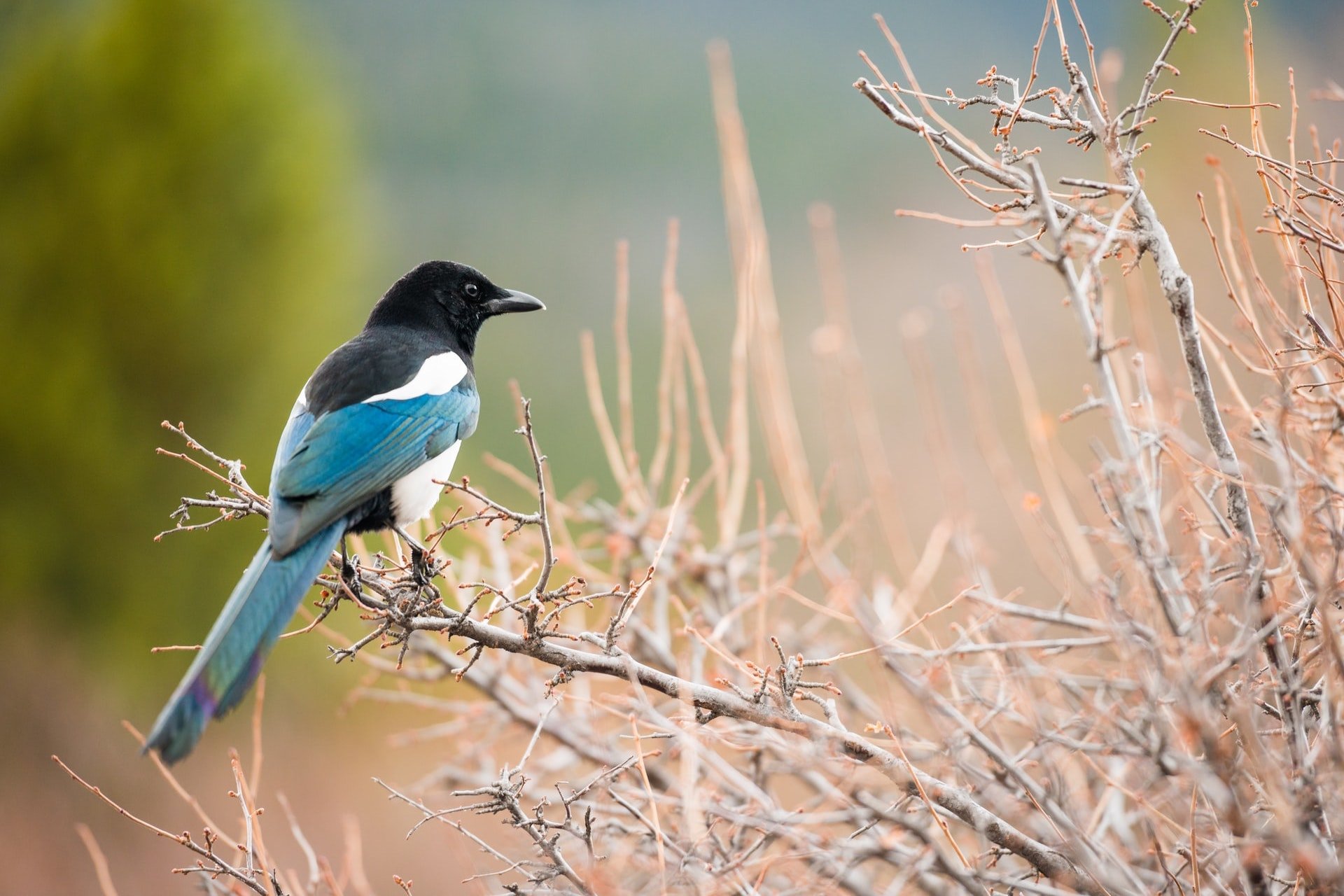
Lead Studies
Non-lead bullet gel radiograph
Lead bullet gel radiograph
Turkey Vulture Lead Dosing Study
Turkey Vultures were fed lead shot to determine their physiological response. Two separate groups of three birds each were continually fed two different doses of lead. Of the three birds fed a small dose (3 pellets) one was euthanized after 170 days due to coordination problems, no appetite and general weakness. All three of the high dosed birds (10 pellets) died. Two after 143 and 148 days and the third was euthanized at day 183. All of the birds showed internal signs of lead poisoning.
Bald Eagle Lead Dosing Study
Five Bald Eagles were given five different doses of lead shot. The birds were fed doses ranging from 10 pellets to 156 (10, 20, 30, 80, and 156 pellets given) and all five birds died (on days 20, 12, 10,133, and 125 respectively). The birds that died on day 133 was euthanized because it was blind from lead ingestion.
Andean Condor Lead Dosing Study
Four Andean Condors were given doses of lead shot ranging from 7.3-8.5mm in diameter: roughly the size of #0 Buck shot pellet. Two birds were fed two pellets each feeding and two were fed six pellets each feeding. One of the low dosed birds was found dead on day 46 and the other survived to the end of the study but was euthanized after researchers determined the bird’s survival was unlikely and further suffering was unnecessary. The high dosed birds died on days 41 and 39. One bird was found dead and the other was euthanized due to lethargy, weight loss, and loss of coordination.
Using Lead Isotope Analysis to Document Time Sequences of Lead Poisoning in California Condors
This study used isotopic lead signatures to determine the time sequences of lead poisoning in California Condors. Researchers analyzed the growing feathers from free-flying condors in California to establish a bird’s lead exposure history. Researchers were able to monitor lead exposure in California Condors that otherwise might have been missed during biannual blood testing. This study was also able to link a case of a pig shot with lead ammunition to condor lead poisoning using isotopic readings.
Patterns of Mortality in Free-ranging California Condors
This study takes a look at all of the California condor deaths from 1992 through December 2009. A total of 135 condors died; 98 were recovered and sent in for necropsy. Out of the 98 recovered Condors, 76 cases were able to confirm definitive causes of death, 53 were anthropogenic. Trash ingestion was the most important mortality factor in nestlings with 8 out of 11 deaths. Lead toxicosis was the most important factor in juvenile and adult mortality; 13 out of 50 juveniles and 10 out of 15 adults died from lead toxicosis. Of those 23 birds that died from lead poisoning 9 birds had lead metal fragments in their digestive tracts.
Lead Exposure in Bald Eagles from Big Game Hunting, the Continental Implications and Successful Mitigation Efforts
Researchers studied bald eagles around Grand Teton National Park and the National Elk Refuge for lead poisoning. They looked to see if lead exposure in bald eagles increased during the fall hunting season for elk and bison. They found that during the hunting season lead exposure increased in scavenging avian wildlife and exposure was very limited during the rest of the year. By partnering with local hunters to increase use of non-lead ammunition they were able to decrease lead exposure levels in the bald eagle population, even while hunter success increased.
The Persistent Problem of Lead Poisoning in Birds from Ammunition and Fishing Tackle
Scientists review research on the different pathways avian species are exposed to lead poisoning. Their main findings suggests most of the pathways can be traced back to hunting ammunition and fishing with lead weights. They highlight some of the important needs for future research to help guide policy, and potential mitigation methods that can help conserve wild birds.
More Lead Studies
The following three sections contain links to various studies that have appeared in the scientific literature in regards to:
Wildlife and lead ammunition
Performance of non-lead and lead based ammunition
Lead and lead ammunition impacts on humans
Wildlife Related Lead Studies
A Global Update in 2008 of Literature Lead Poisoning in Terrestrial Birds From Ammunition Sources
Bald Eagle Overwintering Mortality in Arkansas Due to Poisoning From Lead Shell Shot
Bald Eagle Mortality in Wisconsin Due to Poisoning From Lead Bullet Fragments
Lead Poisoning of Bald & Golden Eagles in the Pacific Northwest
Lead Bullet Residues in Prairie Dogs - Potential for Entering Wildlife Food Chains
Risks to Scavenging Hawks by Feeding on Richardson's Ground Squirrels Shot with Lead Bullets
2003 Report That Reviews Potential Sources of Lead Poisoning in California Condors
Big Game Hunting and Lead Exposure in Free-Flying Turkey Vultures
Reduction of Lead Exposures in Golden Eagles and Turkey Vultures after CA Non-lead Regulation
Lead & Copper Bullet Fragmentation & Performance Studies
Bullet Fragmentation in White-tailed Deer and Implications for Scavenging Wildlife
Minnesota DNR Study That Tested Various Bullets to Determine Fragmentation
Comparison of Lethality of Lead & Copper Bullets in Deer Control Operations
Human Related Lead Studies
Examination of Presence of Lead Bullet Fragments in Commercially Processed Ground Venison
Health Effects of Low Dose-Levels of Lead Exposure in Adults and Children
Reductions of Blood Lead Levels in Canadian Hunters Following Cessation of Using Lead Shot
Use of Lead Isotopes to Analyze Blood Lead Levels in Canadian Hunters
Final Report from CDC on North Dakota Study Assessing Risk to Humans Who Eat Game Meat










